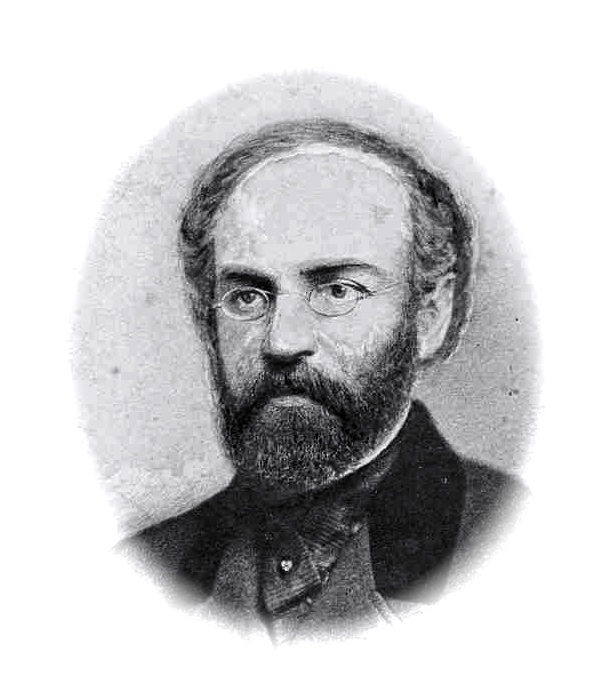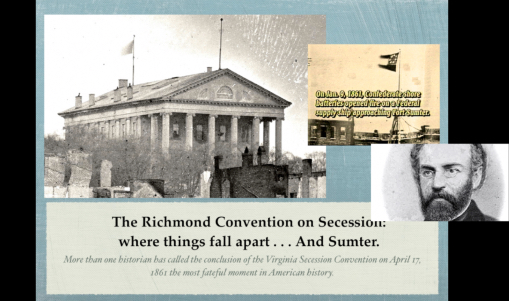336 words
TRT: 4:41 Video link: https://youtu.be/otBGyM0V_ss
images on Flickr: 14
https://www.flickr.com/photos/jimsurkamp/albums/72157651509986156
With support from American Public University System (apus.edu). (The sentiments in this production do not in any way reflect modern-day policies of APUS).

.


Alex Boteler took his seat for the first time in the U.S. Congress the same month John Brown and four of his raiders were hanged in Charlestown, Va., after they tried to capture the federal arsenal at Harper’s Ferry and hoped to inspire a wholesale rebellion by those enslaved. They did succeed in igniting the enslavement issue.
With John Brown’s blow against slavery and the hangings of Brown’s raiders in Charles Town (“Charlestown” in 1860-JS) following


convictions in a state court, a chasm of difference was made obvious to both Northerners and Southerners. Four candidates ran in the ensuing months for the Presidency, instead of the usual two because of the volatile political season, electing the Midwesterner, Abraham Lincoln.


Seeing they had lost the upper-hand in Washington, most deep South states seceded at once on the tragically mistaken assumption that Lincoln would not go to war to retain them. Moreover, the United States Army was small and the powers of the President as commander-in-chief were scarcely defined in the text of the Constitution.

Little did they anticipate that Lincoln would simply create those powers in the void.




Boteler was bitterly opposed to the disruption of the Union, but, when Virginia seceded, he resigned from Congress and threw his lot with the Confederacy. He was a member of its Provisional Congress and later served in the first regular Congress of the Confederate States. He was chairman of the House committee which designed the Confederate flag, and, he himself combined suggestions from many and added his own to make the final seal. He offered the successful Joint Resolution 13 on April 30, 1863, making the seal official. The seal consisted of a picture of Washington on horseback, surrounded by a wreath composed of the South’s agricultural products. Boteler had an artist draw a sketch of the statue of George Washington located in the capitol grounds at Richmond. This reproduction was then sent to England, where it was made into a seal. – (1).

REFERENCES:
wikipedia.org – Great_Seal_of_the_Confederate_States_of_America
James Walkenshaw Allen – VMI Historic Rosters Database.
Strother, Harpers New Monthly, June, 1866. pp. 1-26.
National Park Service, Civil War Soldiers and Sailors System.
Report of Inspection made at Harper’s Ferry, Va. by Lieut. Col. George Deas, Inspector General C.S.Army. May 23, 1861.
Moore, Edward Alexander, pp. 36-38.
Ann C. Reeves Collection

NEXT: Chapterette 5: Click Here. https://civilwarscholars.com/uncategorized/thy-will-be-done-chapter-5-april-1861-drumbeats-by-jim-surkamp/
